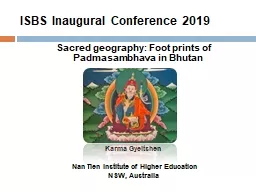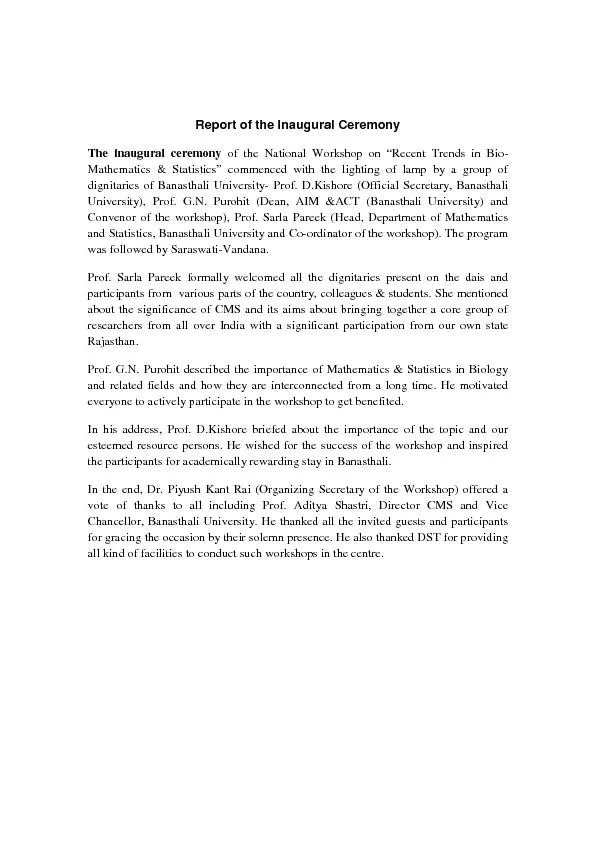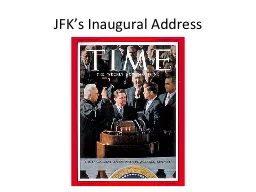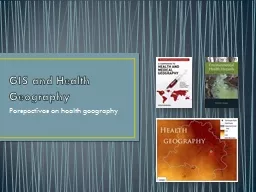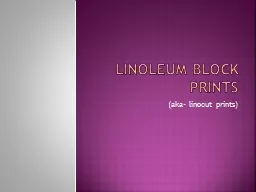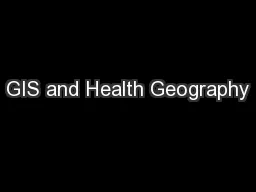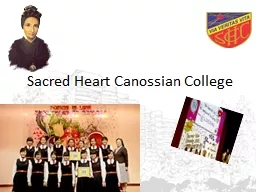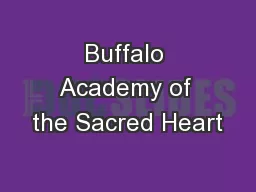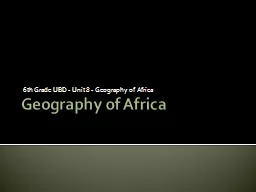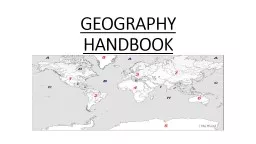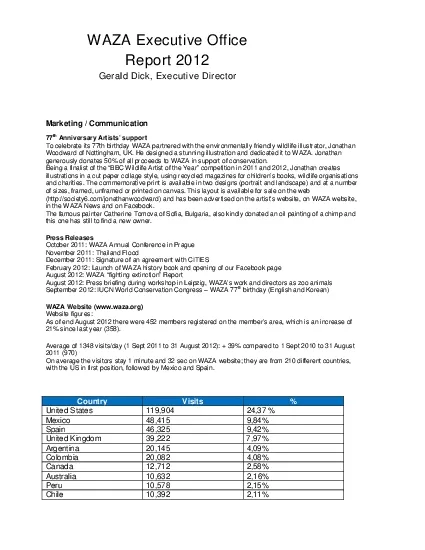PPT-ISBS Inaugural Conference 2019 Sacred geography: Foot prints of
Author : pamella-moone | Published Date : 2019-11-05
ISBS Inaugural Conference 2019 Sacred geography Foot prints of Padmasambhava in Bhutan Karma Gyeltshen Nan Tien Institute of Higher Education NSW Australia
Presentation Embed Code
Download Presentation
Download Presentation The PPT/PDF document "ISBS Inaugural Conference 2019 Sacred g..." is the property of its rightful owner. Permission is granted to download and print the materials on this website for personal, non-commercial use only, and to display it on your personal computer provided you do not modify the materials and that you retain all copyright notices contained in the materials. By downloading content from our website, you accept the terms of this agreement.
ISBS Inaugural Conference 2019 Sacred geography: Foot prints of: Transcript
Download Rules Of Document
"ISBS Inaugural Conference 2019 Sacred geography: Foot prints of"The content belongs to its owner. You may download and print it for personal use, without modification, and keep all copyright notices. By downloading, you agree to these terms.
Related Documents

